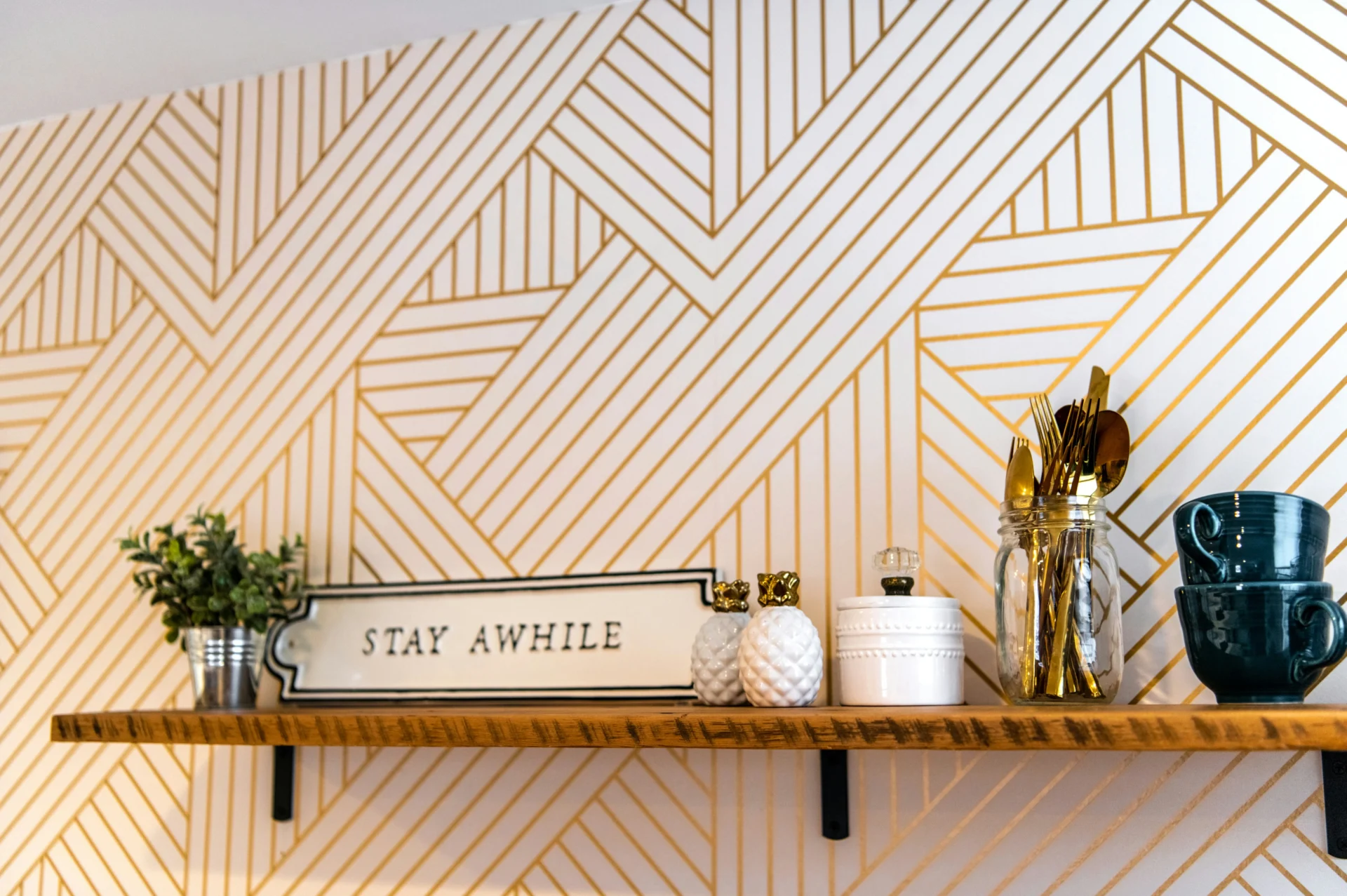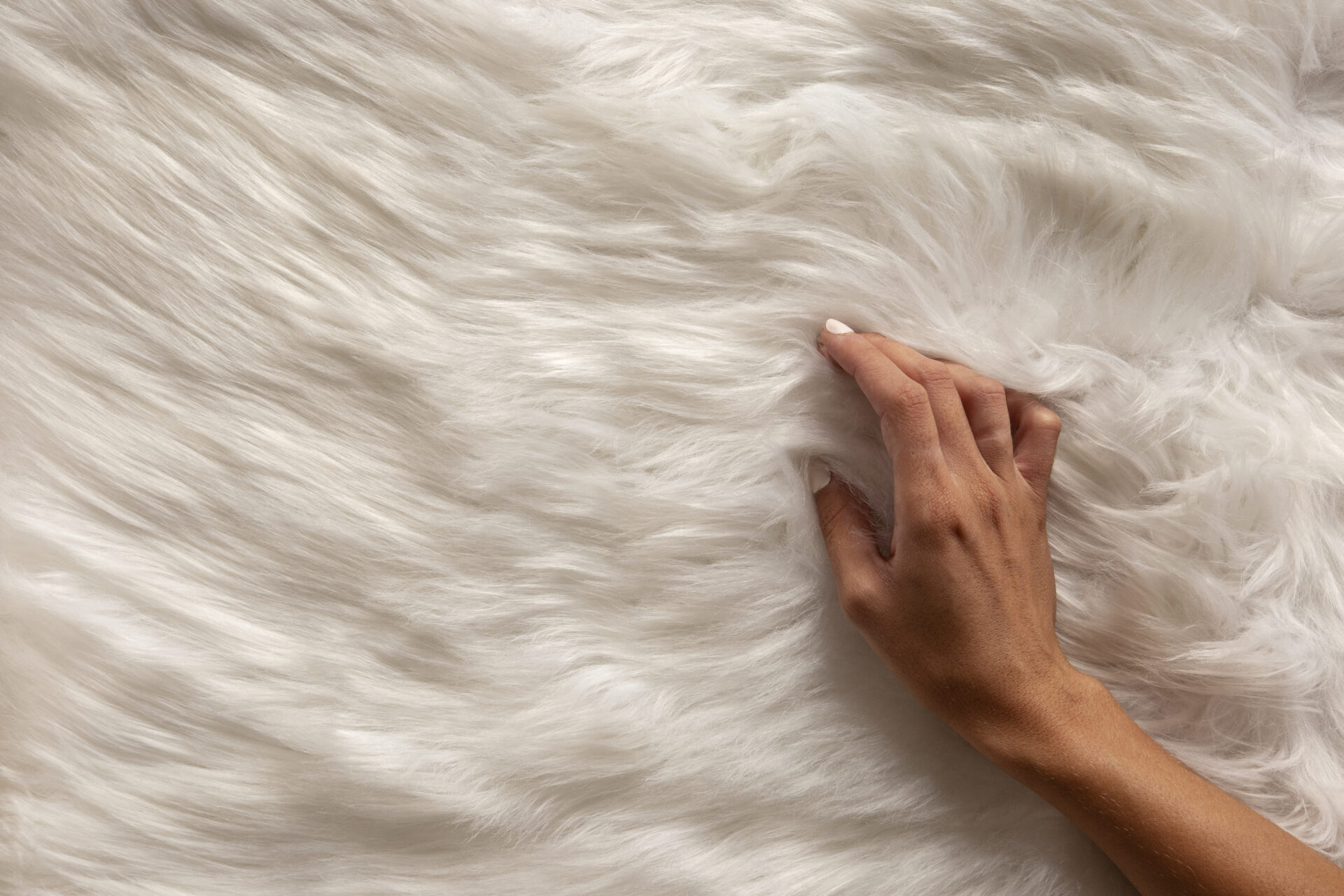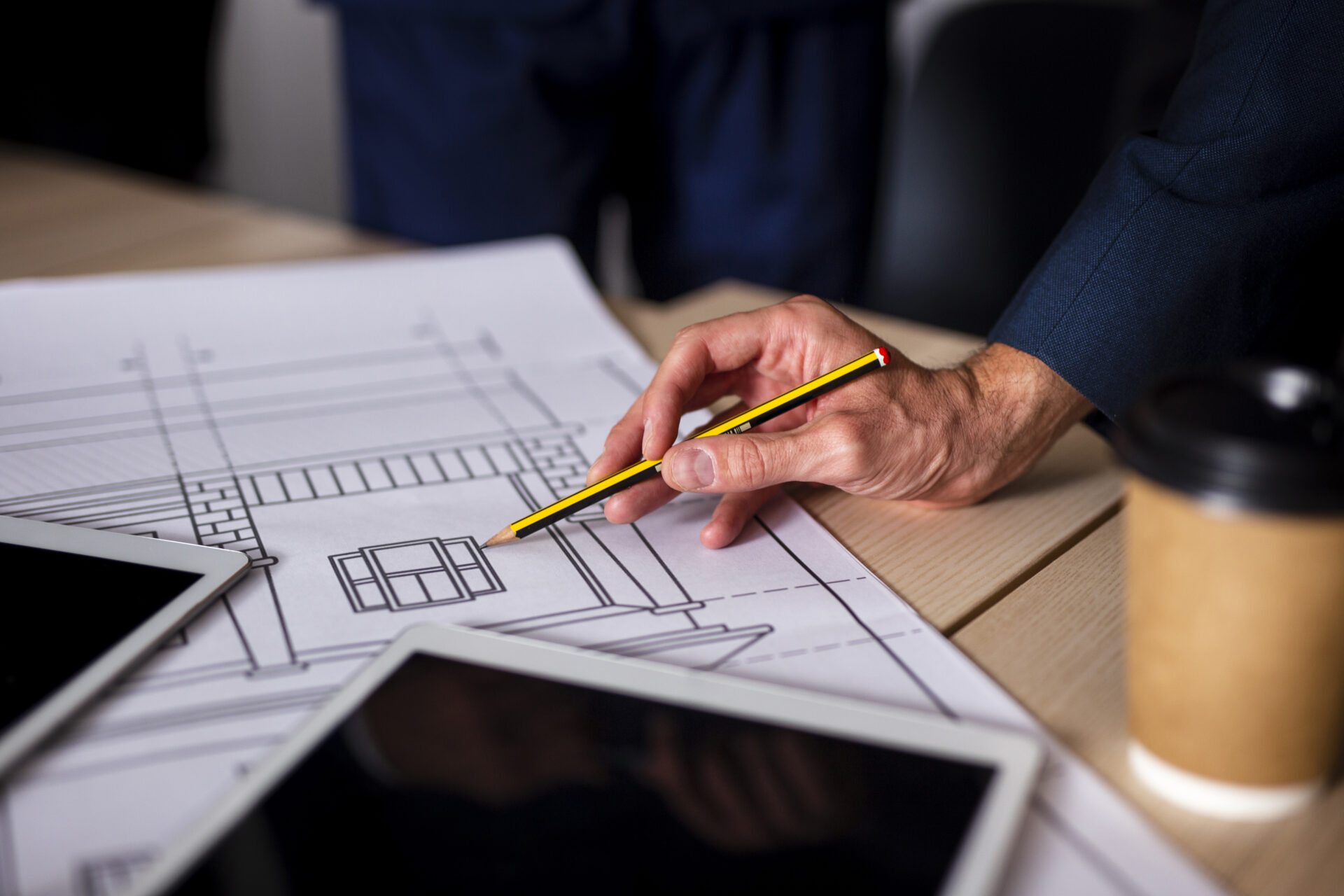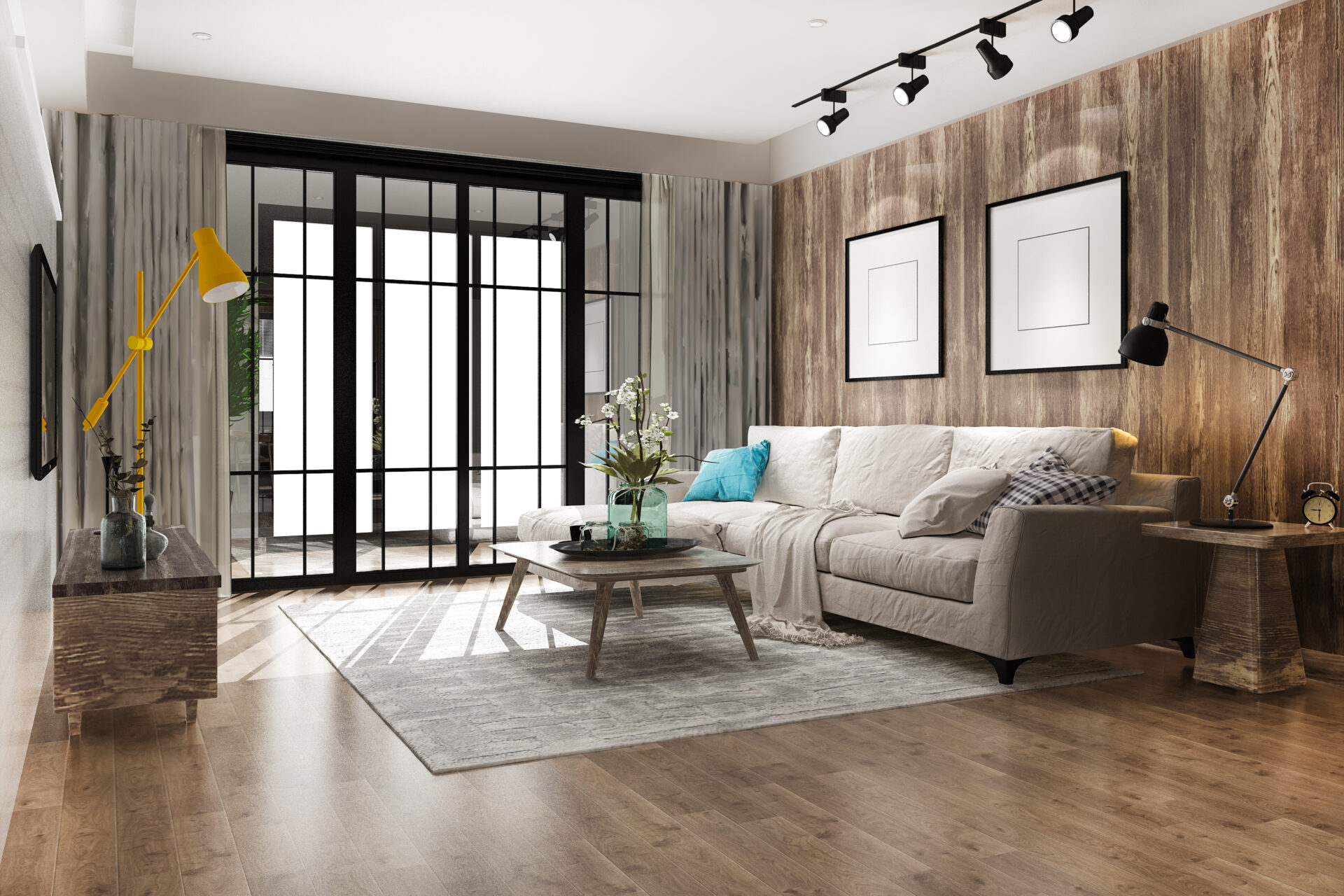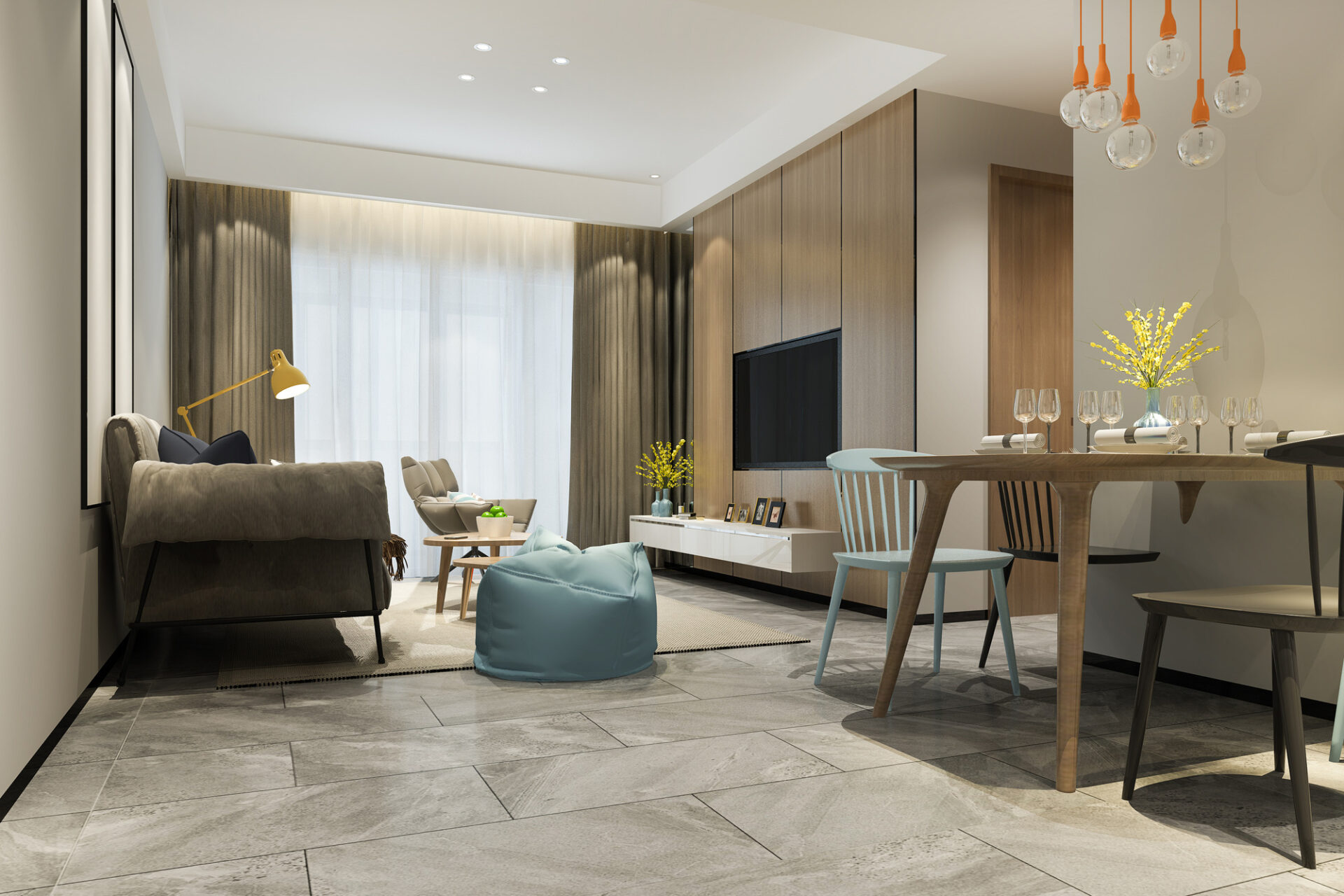
Maximising Space and Style: Designing Multifunctional Interior Spaces
Contact UsIntroduction
In today’s fast-paced and space-conscious world, multifunctional interior design has become a necessity for many. Combining functionality with style, multifunctional spaces are all about smart and efficient use of space without compromising on aesthetics. This guide delves into the art of designing multifunctional interior spaces, offering practical and stylish solutions that cater to various needs within limited areas.
1. Understand Your Space and Needs
The first step in creating a multifunctional space is understanding your needs and the limitations of your space. Evaluate how each room in your home is used and think creatively about how these areas can serve multiple purposes. For instance, a guest room can double as a home office, or a dining area can also be a workspace.
2. Smart Furniture Choices
Furniture plays a pivotal role in multifunctional design. Opt for pieces that are versatile and adaptable. Look for foldable, extendable, or convertible furniture that can change function as needed. A Murphy bed, a sofa bed, or an ottoman with storage are great examples of multipurpose furniture.
3. Creative Storage Solutions
Effective storage is key to keeping a multifunctional space organised and clutter-free. Utilise vertical space with tall shelving units, invest in furniture with built-in storage, or use under-bed storage solutions. The goal is to have a place for everything, keeping the space neat and functional.
4. Use of Dividers and Flexible Layouts
Dividers such as bookshelves, sliding panels, or even curtains can help delineate different areas within a room without permanent structural changes. These flexible solutions allow you to easily transform the space based on your immediate needs.
5. Lighting and Colour Scheme
Lighting and colour scheme are essential in defining and enhancing multifunctional spaces. Use different types of lighting to set apart various areas in a room. Similarly, a cohesive colour scheme can tie the space together, while different hues or accents can define specific zones.
Conclusion
Designing multifunctional interior spaces is about balancing practicality with aesthetics. By understanding your needs, making smart furniture choices, implementing creative storage solutions, utilising dividers for flexible layouts, and carefully selecting lighting and colours, you can maximise both space and style in your home. Multifunctional spaces are not just a design trend; they are a smart and sustainable approach to modern living.
Ready to transform your home with multifunctional interior design? Contact Thomas Vooght for expert advice and bespoke solutions tailored to your lifestyle.

